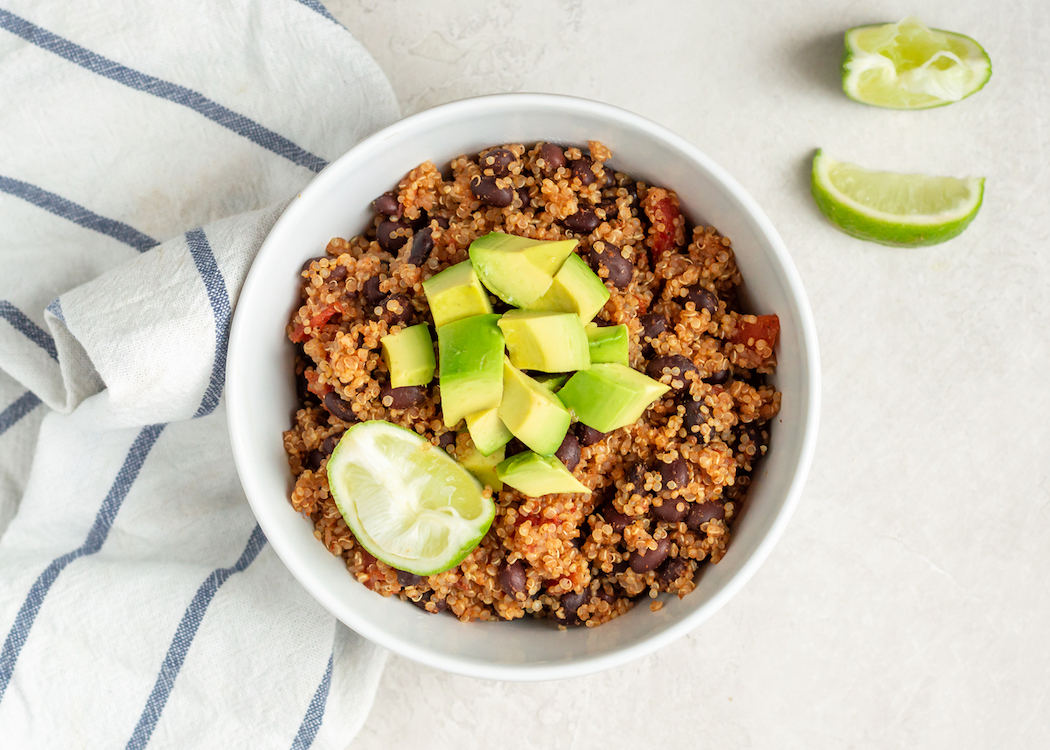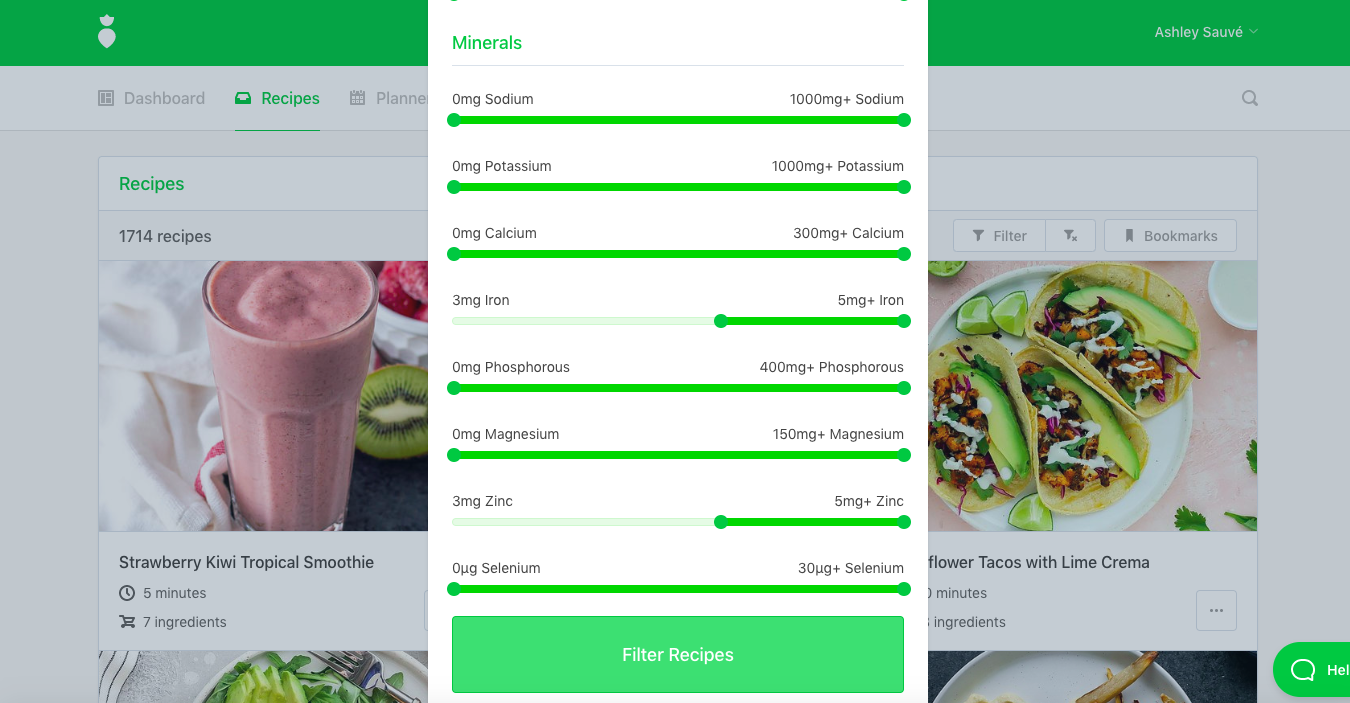There are a wide variety of reasons why individuals choose to follow a plant-based diet. Some clients might be concerned about their health, since plant-based diets have been shown to improve blood sugar and cholesterol levels.(1) Others may be looking to reduce their carbon footprint, as plant-based diets are more sustainable for the environment(2) and of course, there are many people who choose plant-based diets for ethical or religious reasons as well.
Regardless of how or why your client wants to begin a plant-based diet, there are some important considerations to help them stay healthy in the long-term. The official position of the Academy of Nutrition and Dietetics is that plant-based diets are "appropriate for all stages of the life cycle, including pregnancy, lactation, infancy, childhood, adolescence, older adulthood, and for athletes.”(3) As long as your clients are meeting essential nutrient needs, they will be able to thrive on a 100% plant-powered diet.
We have rounded up some research to inform your plant-based meal planning, and resources you can share with your clients to keep them educated and engaged.
Protein
The first question most people (or their family members) have when adopting a plant-based diet is whether they need to worry about getting enough protein. As nutrition professionals we know that true protein deficiency is incredibly rare, but poorly planned plant-based diets can still fall short of the recommended intake to maintain good health and prevent illness.
Key protein considerations for plant-based eaters include:
- Adequate intake accounting for reduced bioavailability.
- Age and activity level of the individual.
- Including three to four servings of lysine-rich foods per day.
Plant-Based Protein Requirements
The Recommended Dietary Allowance (RDA) for protein is 0.8 grams per kilogram of bodyweight(4) with some research suggesting these are minimums and optimal intake is even higher.(5)
Protein from plant sources isn’t absorbed as well as protein from animals, so individuals on a strict plant-based diet will need more than the recommended 0.8 g/kg. Research suggests that aiming for a minimum of 1 to 1.1 g/kg will account for the reduced absorption.(6)
Age and Activity Levels
Older adults and athletes have higher protein needs, so be sure to consider age and activity level when determining protein requirements.
For adults over 60, needs are higher at 1 to 1.2 g/kg(7) and for athletes they increase to 1.2 to 1.7 g/kg.(8) For plant-based eaters, these figures should be increased by about 10% to account for the reduced bioavailability of protein from plant sources.
Getting Enough Lysine
While all plant foods contain all amino acids, special concern should be paid to lysine in plant-based diets. In order to meet lysine needs, ensure your clients are eating three to four servings per day of lysine-rich foods. These foods include:
- Soy (edamame, tofu and tempeh)
- Lentils
- Quinoa
- Pistachios
- Pumpkin seeds
- Beans
- Peanuts

Vitamin B12
Like protein, vitamin B12 is a well-known nutrient of concern on plant-based diets because there is no reliable source of plant-based B12. Unlike protein, vitamin B12 doesn’t require careful dietary planning because it must be taken in supplement form. Ensure your plant-based clients understand the importance of taking a B12 supplement.
One food-first method of B12 supplementation is to consume fortified foods. Many plant-based foods, like non-dairy milk and nutritional yeast, have B12 added and your client can typically meet their needs with two servings per day of these foods. Absorption can be tricky, so ensure the two servings are spaced at least four hours apart to optimize absorption.
Ginny Messina, RD “The Vegan RD” has a great primer on B12 supplementation for vegans that you can reference and share with your clients here.
Omega-3 Fatty Acids
While most plant-based eaters do not show severe symptoms of deficiency, research has shown that blood levels of DHA and EPA are lower in individuals who don’t eat fish or animal products.(9)
Plant-based omega-3 fatty acid sources are high in ALA which can be converted into DHA and EPA in the body. Foods high in ALA include:
- Ground flax seeds and oil
- Chia seeds
- Walnuts
Similar to protein, ALA intake should be higher in plant-based eaters to account for poor conversion into DHA and EPA. Two grams per day of ALA is recommended from food, which equals a couple tablespoons of ALA-rich nuts or seeds.(10) For pregnancy, lactation, or anyone wanting to achieve similar blood levels to non-plant-based individuals to be safe, a supplement of plant-based DHA from algae would be helpful.

Calcium
The RDA for calcium ranges from 1,000 to 1,300 mg depending on age and whether a person is pregnant or lactating.(11) In general, calcium is not well absorbed from many plant and animal sources. Calcium absorption from milk is around 30%, which is similar to tofu. (12) Based on the RDA and common absorption percentages, 1,000 mg calcium in the diet will equal about 300 mg absorbed.
In a plant-based diet, increasing intake of well-absorbed calcium sources can make a big difference. Calcium from cruciferous veggies like kale, broccoli, and mustard greens have an absorption rate of 50% to 65%. (13) Plant-based milks are fortified with calcium as well, so aiming for three cups per day of steamed cruciferous veggies, plant-based milk, or tofu will help meet requirements and keep bones healthy.
We recommend checking out The Vegan RD’s primer on plant-based calcium here as this makes a great client resource.
Iron and Zinc
Iron is the most common deficiency in the world and non-heme iron from plant-based foods is notoriously less bioavailable than heme iron from animal sources. Because of this, the RDA for non-meat eaters is set 1.8 times higher.(14)
Luckily, non-heme iron absorption can be improved significantly through simple cooking techniques your clients can implement easily.
Iron-rich plant foods like lentils, beans, and spinach can be eaten with vitamin C to improve iron absorption.(15) For example, hummus with red peppers or spinach salad with strawberries are food combinations that will maximize iron absorption.
Like iron, zinc is not as well absorbed from plant sources, but many of the cooking tricks that increase iron availability work for zinc too! Soaking and sprouting whole grains and legumes will break down some of the phytates that inhibit the absorption of both iron and zinc.(16)
When it comes to sprouting we have a great resource that will teach your clients everything they need to know about sprouting at home, you can check it out here.
Another great trick to boost iron and zinc absorption is to cook whole grains and legumes with garlic and/or onion in the cooking water. Research shows that the sulfur-containing amino acids in garlic and onion increase bioavailability of these minerals significantly, from 10% to 159% for grains and 9% to 49% in legumes.(17)
Plant-Based Meal Planning
Meal planning with That Clean Life makes it easy to search for recipes high in key nutrients for your plant-based clients like protein, B12, iron, and zinc.

We have a huge recipe database with hundreds of plant-based meal options choose from, plus some pre-made plant-based programs you can use as templates when meal planning for your clients:

